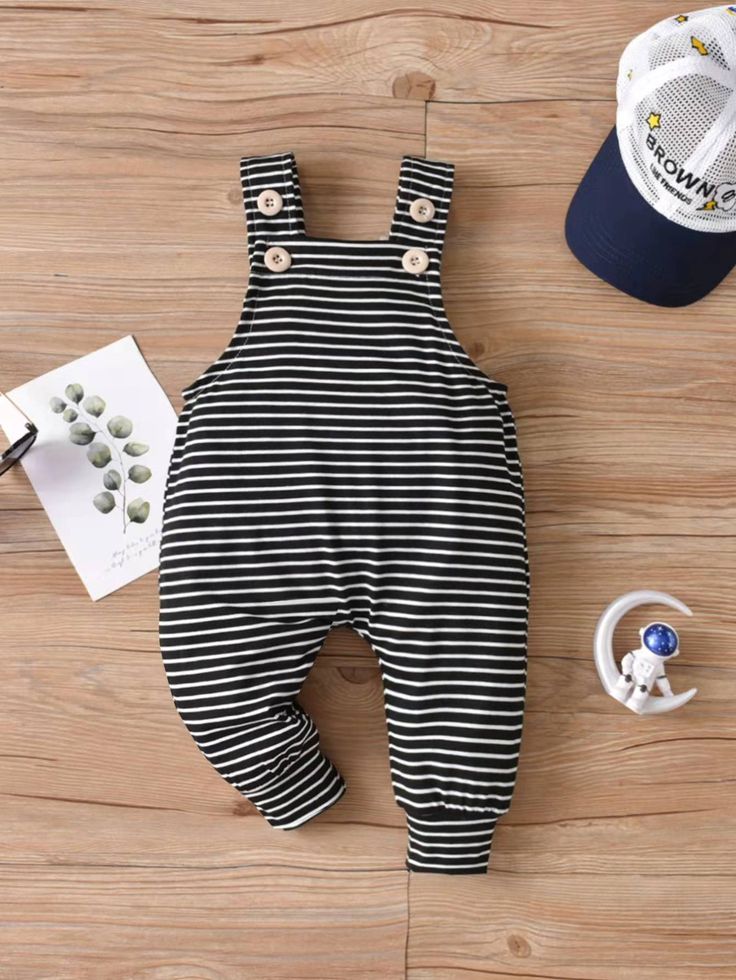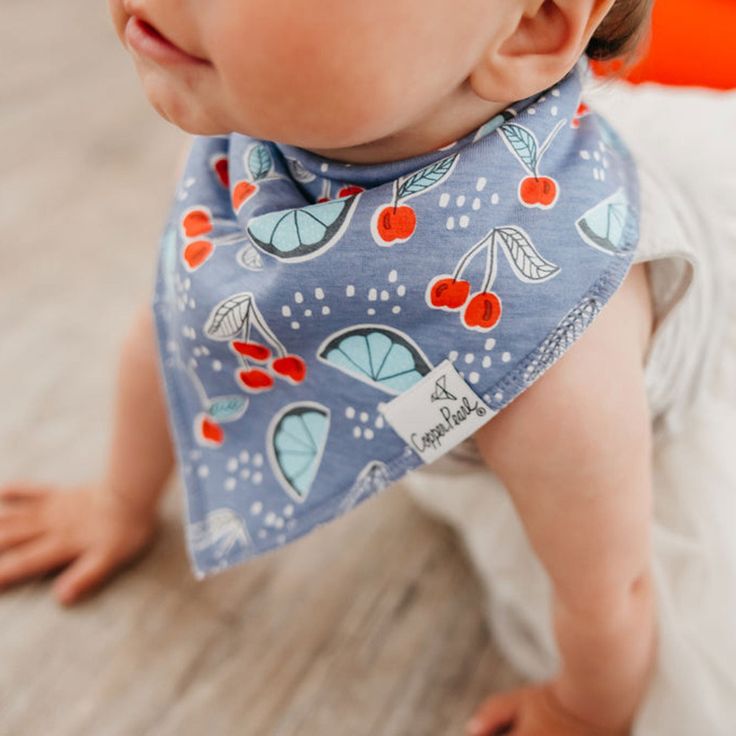When it comes to the well-being of our little children, every parent works towards making the wisest and healthiest choices.
From the food they eat to the products they use daily, showing the utmost care for our babies is a principal emphasis.
Among the many decisions parents make, the selection of fabrics for baby products can be a vital one.
Polyester, a synthetic fabric, is commonly found in a vast range of baby items, but the inquiry that frequently arises is whether polyester is safe for babies.
Understanding Polyester Fabric

Polyester is a widely-used synthetic fiber in the textile industry. It is a sort of plastic known as polyethylene terephthalate, created through a complex chemical process that involves petroleum-based raw materials.
While polyester offers certain advantages in terms of durability and affordability, there are essential considerations to keep in mind when it comes to using it in baby products.
Polyester in Baby Products

Now that we have already examined the term polyester, let's find out how it is used in diverse baby products and the probable implications for your child's protection. Polyester is commonly found in the following baby items:
A) Baby Clothing A variety of baby clothing items, including onesies, pajamas, and outerwear, incorporate polyester or polyester blends.
While these garments are often affordable and durable, parents should consider the breathability and comfort of the fabric.
B) Blankets Polyester blankets, particularly those labeled as "fleece," are soft and cozy.
However, parents should be cautious about using them as they may not be as breathable as natural fiber blankets, and accidental covering of a baby's face while sleeping can pose risks.
C) Mattresses Baby mattresses, both crib and bassinet mattresses, may have polyester components.
It is important to keep in mind the overall design of the mattress, including the top layer that comes into direct contact with the baby.
D) Pillows Polyester pillows are available for babies and toddlers. Parents should exercise caution when using pillows for babies, as they can increase the risk of suffocation.
E) Toys Some stuffed toys and plushies are filled with polyester fiberfill.
While this is a common stuffing material, parents should ensure that the outer layers of the toys are made from breathable, non-toxic materials.
F) Carpets Polyester carpets are used in nursery decor. Parents should be conscious of potential off-gassing and ensure fair ventilation in the baby's room.
G) Fiberfill Last but not least, polyester fiberfill is commonly used as stuffing in various baby products such as play mats and soft toys.
Parents should review product labels for data about the stuffing material's safety.
Polyester Security Concerns

Given the diverse range of baby products that may contain polyester, we have to address specific safety concerns associated with this synthetic fabric.
A) Overheating Risk Polyester's lack of breathability can lead to overheating in babies, potentially boosting the risk of SIDS.
Parents should prioritize breathable fabrics, primarily for sleepwear and bedding.
B) Flame Retardants Some polyester products may be treated with flame-retardant chemicals.
While flame resistance is fundamental for safety, parents should inquire about the specific treatment methods and be sure that they meet safety standards without any harmful chemicals.
C) Skin Sensitivity It is worth noting that babies with sensitive skin or conditions like eczema may encounter skin irritation when in contact with polyester. Opting for natural, hypoallergenic fabrics can help mitigate this issue.
D) Chemical Exposure Polyester may possess chemical residues from the manufacturing process.
Parents must always wash and air out polyester baby items before use to minimize exposure to potential chemicals.
Polyester Blends and Alternatives

Parents seeking alternatives to 100% polyester products can explore polyester blends and natural fabric options. Here's a closer look at these alternatives:
Polyester Blends
Polyester can be blended with natural fabrics like organic cotton, creating blends that offer some of the benefits of polyester while improving breathability and comfort.
However, parents should be aware of the percentage of polyester in these blends and consider their child's specific needs.
Natural Fabrics
Natural fabrics like cotton, bamboo, and hemp provide excellent alternatives to polyester.
These fabrics are breathable, comfortable, and less likely to irritate sensitive baby skin.
Organic cotton, in particular, is a safe choice due to its chemical-free production and dyeing processes.
Making Informed Choices as Parents
As parents, making informed decisions about the safety of baby products is essential.
While polyester can be found in many baby items, it's crucial to assess each product's design, purpose, and potential impact on your child's well-being.Consider these guidelines for making knowledgeable choices:
-
Prioritize breathability
Opt for breathable fabrics like cotton or organic cotton, especially for items that come into direct contact with your baby's skin or are intended for sleep. -
Wash and air out
Before using polyester baby items, wash and air them out to reduce potential chemical exposure. -
Check labels
Examine product labels to identify the materials used and any safety certifications or standards met by the manufacturer. -
Inquire about flame retardants
If considering polyester products treated with flame retardants, inquire about the treatment methods and ensure they comply with safety standards. -
Consider polyester blends
When deciding on polyester blends, assess the percentage of polyester and how it may affect the fabric's characteristics. -
Be conscious of skin sensitivity
If your baby has sensitive skin or allergies, prioritize fabrics known for their hypoallergenic properties. -
Balance budget and safety
It's evident that safety is paramount, so consider your budget constraints when selecting baby products.
Some polyester-blend items may offer a balance between affordability and safety.
Conclusion
To sum up, polyester raises a substantial amount of concerns about overheating, skin sensitivity, and potential chemical exposure.
As parents, it is genuinely essential to strike a balance between safety, comfort, and budget when choosing baby products.
In the end, polyester can be a part of your baby's life, but it is integral to use it wisely and ensure that it aligns with your child's safety and comfort requirements.
Remember that parenthood is always a role filled with choices, and each option contributes to your baby's upbringing.

